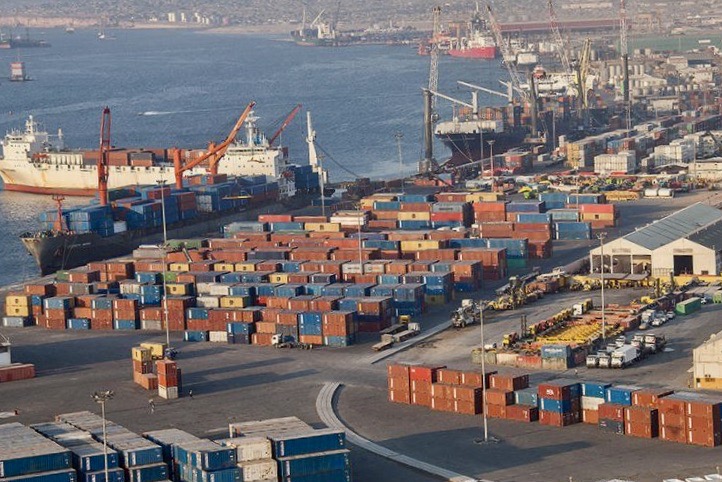Angola, with a long Atlantic coastline, relies heavily on its sea ports for international trade, especially in oil, minerals, and consumer goods. Here are the major sea ports in Angola:
1. Port of Luanda
- Location: Capital city, Luanda (northwest Angola)
- Importance:
- Largest and busiest port in the country
- Handles most of Angola’s imports and container traffic
- Serves as the main maritime hub for Luanda Province and the interior
- Facilities: Container terminal, general cargo, oil terminals
2. Port of Lobito
- Location: Lobito city, Benguela Province (central coast)
- Importance:
- Key for exporting minerals (especially copper and cobalt) from DR Congo and Zambia
- Connected inland by the Benguela Railway (CFB)
- Plays a vital role in the Lobito Corridor regional trade route
- Facilities: Bulk cargo, general cargo, container handling, mineral terminal
3. Port of Namibe (Moçâmedes)
- Location: Moçâmedes city, Namibe Province (southwestern coast)
- Importance:
- Serves southern Angola and parts of Namibia
- Used for mineral exports and fishing industry
- Linked to inland regions via the Moçâmedes Railway
- Facilities: Fishing port, general cargo, bulk materials
4. Port of Cabinda
- Location: Cabinda Province (Angolan exclave north of the DRC)
- Importance:
- Supports the oil industry in the offshore Cabinda region
- Critical for logistics and petroleum-related imports/exports
- Facilities: Oil terminals, container and cargo facilities
5. Port of Soyo
- Location: Zaire Province (northwest Angola, near Congo River mouth)
- Importance:
- Supports Angola’s offshore oil and gas operations
- Hosts logistics terminals for LNG (Liquefied Natural Gas) export
- Close to oil platforms in the Atlantic
Ongoing Upgrades
- Angola has been modernizing and expanding its ports with help from:
- China, the EU, and private sector investors
- Plans include increasing capacity, automation, and improving customs facilities



